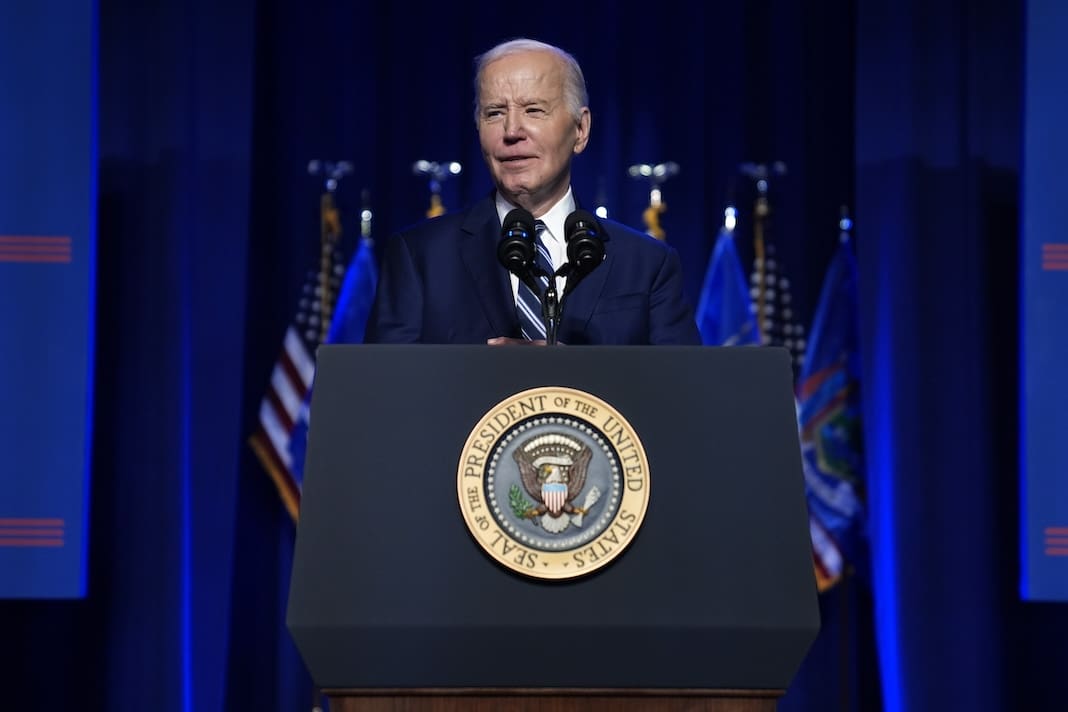Under Whitmer, Michigan attracts high-tech manufacturing investments

Adrian Cole
Michigan Democratic Gov. Gretchen Whitmer said, ‘We will continue bringing the supply chain of electric vehicles, chips, and batteries home to Michigan and the USA.’
In the past year, as the automobile industry has had to grapple with COVID pandemic-related supply chain issues, Michigan has attracted multiple large investments in the semiconductor and electric vehicle industries.
As the Economist noted in early 2021, shortages of semiconductor chips used in the manufacture of electric cars resulted from a surge in demand for electronics, including computers, from people who had moved much of their activity to their homes.
Almost 80% of the world’s chip-making capacity is in Asia, and as of this century there are only two advanced chip-making companies operating, Samsung and TSMC, based in South Korea and Taiwan respectively.
Michael Greiner, assistant professor at Oakland University School of Business Administration in Rochester, Michigan, told the American Independent Foundation:
Up until the Covid pandemic, cost and flexibility were winning out as companies built a just-in-time approach to their supply inventory. Since the pandemic, however, companies have seen the risk of such a strategy, finding themselves unable to manufacture their products due to limited parts. Since they’ve been burned, they are now moving the other direction, to internalize supply chains and bring their suppliers closer, resulting in fewer worries over supply disruptions.
In November 2021, Michigan Democratic Gov. Gretchen Whitmer joined a number of other Democratic governors in urging the passage and funding of a bill that would support domestic chip manufacturing, noting in a press release, “The global auto chip shortage has hit Michigan and states across the country hard, idling plants and slowing production, threatening thousands of auto-related jobs up and down the supply chain.”
After the bill passed in Congress in July, Democratic Sen. Debbie Stabenow said, “This is a big freakin’ deal for Michigan. We’re seeing a renaissance in manufacturing here in Michigan and in America.” A few days later President Joe Biden signed the CHIPS and Science Act, which will make available $52 billion in incentives for semiconductor research and development. Of that, $2 billion is earmarked for manufacturers of semiconductors specifically for automakers and parts suppliers.
In August, Whitmer issued an executive directive instructing state agencies to leverage incoming resources from the CHIPS Act effectively, and instructed departments to “identify opportunities for workforce development geared towards the needs of the semiconductor industry.”
Last week, Whitmer announced a $200 million grant from the state’s Michigan Strategic Fund to a company called Our Next Energy, which plans to build a $1.6 billion facility — called a “gigafactory” in reference to its output of gigawatts — in Wayne County, Michigan, to produce high-efficiency batteries for electric vehicles, a project that the company says will create 2,112 new jobs.
Whitmer said in a press release on Oct. 5, “With this new gigafactory, we will continue bringing the supply chain of electric vehicles, chips, and batteries home to Michigan and the USA while creating a sustainable, clean energy economy.”
The announcement about Our Next Energy comes as the most recent in a number of sizable investments in Michigan’s automotive and semiconductor industries.
In September, semiconductor manufacturer SK Siltron opened a new facility in Bay County, representing a $300 million investment in a plant that is expected to provide some 150 new jobs. The company received $1.5 million in a Michigan Business Development Program performance-based grant.
In a press release announcing the ribbon-cutting on the new facility, Whitmer underscored the benefits she saw of investing in the industry:
The products SK Siltron manufactures are the building blocks of countless products and industries: electric vehicles, solar panels, smartphones, and so much more—we cannot let China dominate this market. I am proud that Michigan was selected for this $300 million investment over several other states, proving that we have the skilled workforce, growing economy, and strong business-friendly environment conducive to attract projects from one of the world’s most innovative companies. I will work with anyone to keep bringing supply chains home, build on our high-tech manufacturing leadership, and create opportunity for Michiganders in every region.
In addition to Our Next Energy and SK Siltron, there have been a number of major investments recently in Michigan by electric vehicle and semiconductor companies. Gotion is investing $2.3 billion in a factory in Big Rapids, with financial support from the Michigan Economic Development Corporation that will create some 2,300 jobs and represent the largest economic development project in Northern Michigan.
Calumet Electronics Corp. received a $2.6 million grant through the MEDC and hopes to be in a good position to attract CHIPS funds in the future.
In September, the governor announced a $375 million project with Hemlock Semiconductor Operations that will provide 170 new jobs. The company, which will produce polysilicon for the solar and semiconductor industries, was awarded a performance-based grant of $27 million from the Michigan Strategic Fund.
Last year, California-based KLA Corporation, which manufactures equipment for making electronic components, opened a second national headquarters in Ann Arbor. The facility is a $200 million research and development campus that the company says will ultimately employ 600 people.
Published with permission of The American Independent Foundation.




